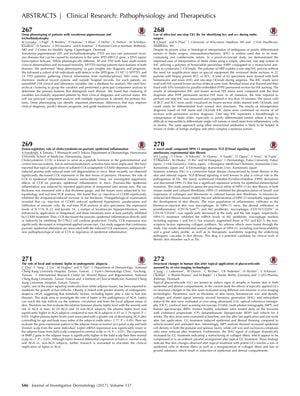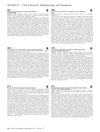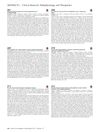Structural Changes in Human Skin After Topical Application of Glucocorticoids Assessed by In Vivo Imaging Technologies
April 2017
in “
Journal of Investigative Dermatology
”

TLDR Topical glucocorticoids thin the skin and change collagen structure.
In a study involving 16 healthy volunteers, the effects of topical glucocorticoids (GCs) on human skin were assessed using various non-invasive in vivo imaging technologies. The volunteers were treated daily on their forearms with clobetasol proprionate (CP), betamethasone diproprionate (BDP), and a vehicle for 4 weeks. Measurements were taken at baseline, one day after the last application, and one week after the last application. The results showed that GC treatment caused thinning of both the epidermal and dermal layers compared to vehicle-treated and untreated skin. Additionally, multi-photon tomography (MPT) analysis revealed an increased epidermal cell density in the granular and spinous layers, with a reduction in cell size and nucleus-to-cytoplasm ratio. The second harmonic generation (SHG) signal of collagen also increased dramatically, indicating a restructuring of collagen fibers that appeared to be compressed or arranged in parallel after GC treatment. These changes suggest that topical treatment with potent GCs leads to a loss of epidermal cells or dermal fibers, as well as a reorganization of collagen fibers and loss of ground substance, resulting in a reduction of epidermal and dermal compartments.




